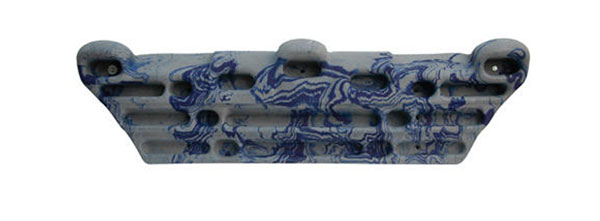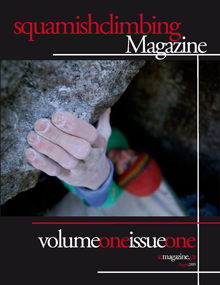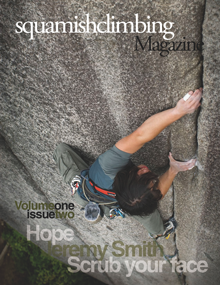In follow up to Luke Zimmerman‘s article on Training your Finger Strength, I wanted to address dead-hanging on a hangboard and the variables of time, maximum weight, and the width of the hold you are hanging on.
Unless you have fingers of steel, most climbers will be training their finger strength with two hands on a moderately sized edge. My preferred edge to start with is about the size of the outer mid-sized edge on the old Metolius Simulator board because I can still use engaged hands (otherwise called ‘half-crimp’ in second video) and still maintain good technique with my body. I have only seen the hangboard featured in the videos below one time, but they appear very effective at decreasing the size of hold you are using as you see gains in your finger strength.

The videos featured in this post are produced b Eva Lopez. Eva Lopez is a personal climbing coach based in Spain. Her website has a plethora of knowledge on researched based training techniques for climbing. We will be covering some of her training techniques here at Squamish Climbing Magazine as we progress through a series of training articles but I encourage you to visit her site here.
The first video featured below introduces the concept of time and maximum weight for maximum gain. The goal here is to find a weight that allows you to hang for 10 seconds with a 4 second margin before failure. This means that the last 2 to 3 seconds of the hang should feel moderately intense and that, if continued, you would experience failure. The idea behind this concept is that it maximizes your proximal level of strength gain over the period of your training. The first hang seen in the video is the ideal example and the rest show examples of too little weight or too much weight for maximum gain.
The second video features some techniques that will reduce the risk of injury. Both of these videos are a little on the dull side but are packed with great learning examples of what to do and what not to do.












